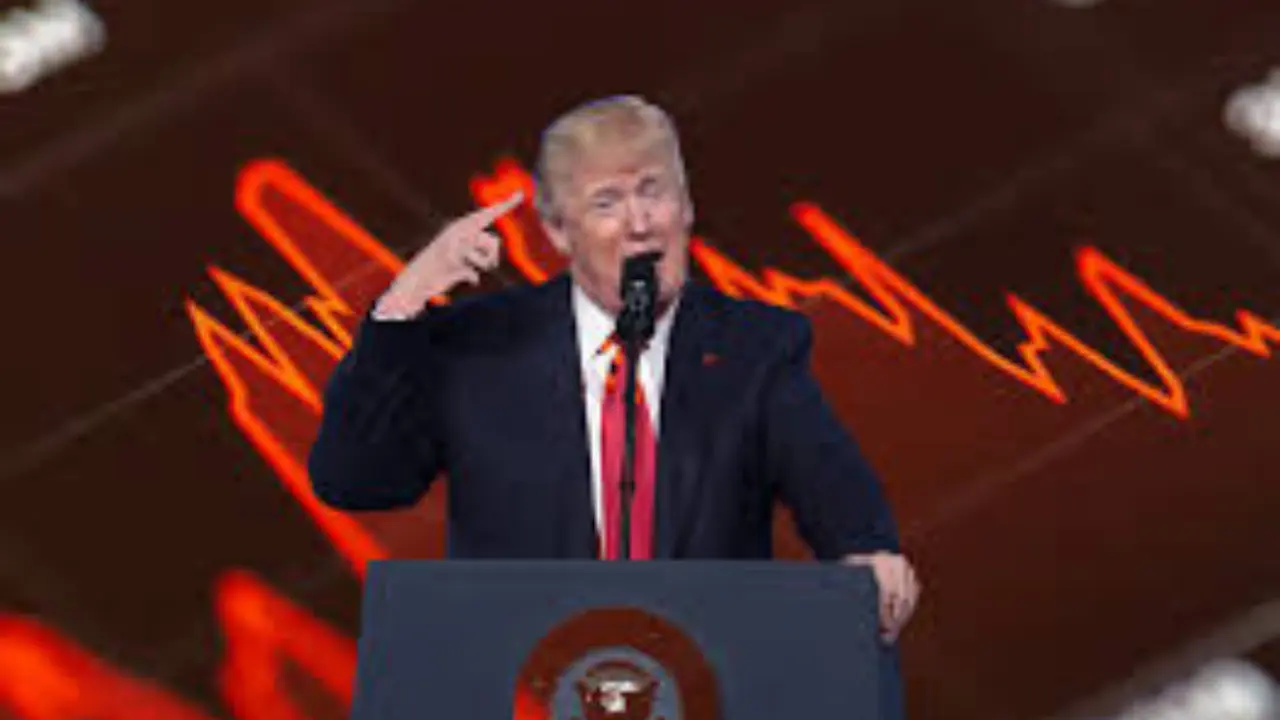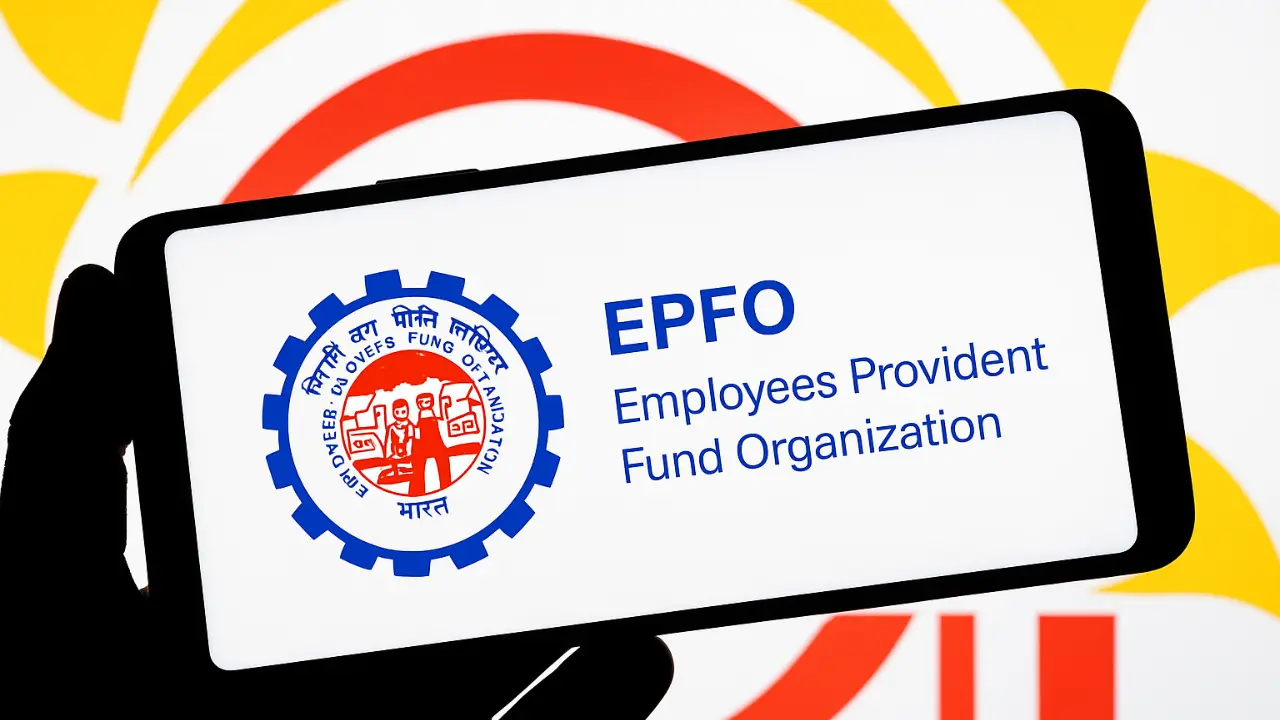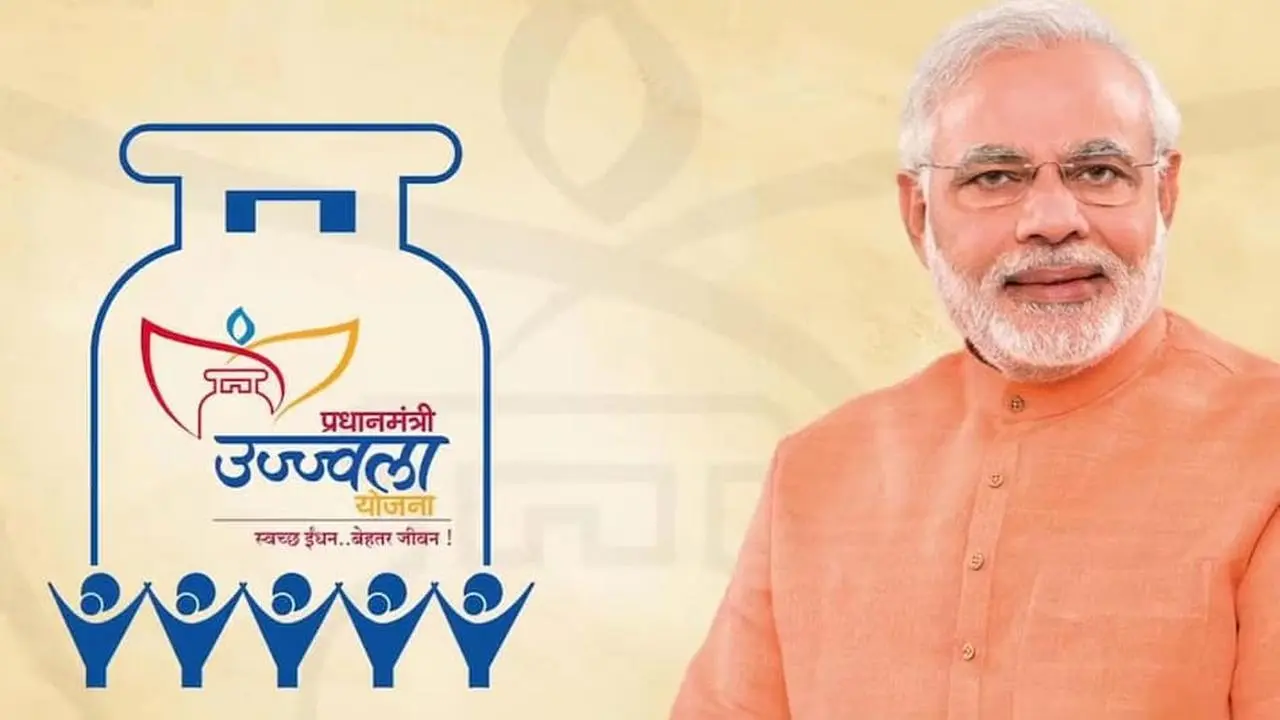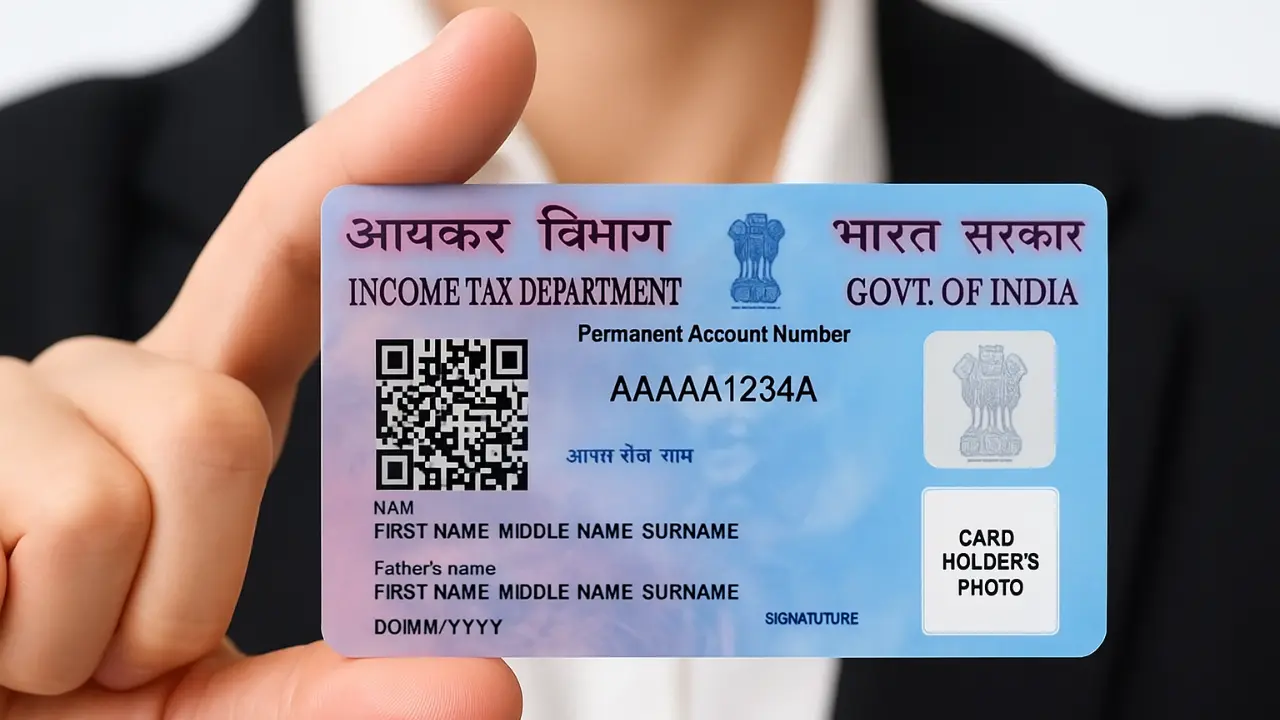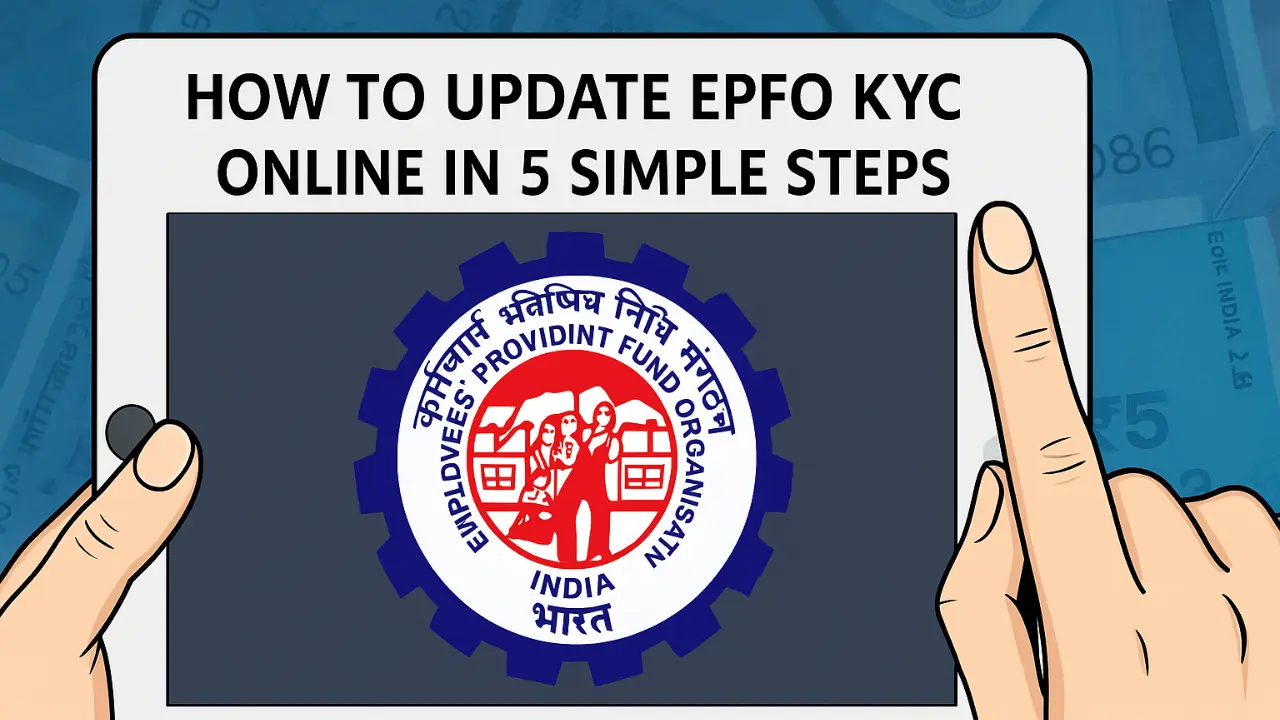India Cuts Rates as Trump’s Tariffs Put Growth at Risk
India’s central bank has made a bold move by cutting interest rates yet again, as global trade tensions escalate, threatening the country’s economic momentum. The latest decision by the Reserve Bank of India (RBI) is a strategic attempt to shield the nation’s growth trajectory from external shocks — particularly the ripple effects caused by U.S. President Donald Trump’s aggressive tariff policies.
But what does this really mean for India’s economy, its people, and its future growth? Let’s break it down.
Why Did India Cut Rates?
Slowdown Fears Are Real
India’s economy, once among the fastest-growing in the world, has been showing signs of a slowdown. Consumer spending is sluggish, private investments have taken a backseat, and job creation isn’t keeping up with expectations.
In the midst of this domestic economic unease, international challenges — like Trump’s tariff war with China, the EU, and others — have only added more uncertainty to the mix.
A Pre-emptive Economic Defense
The RBI’s decision to cut rates is widely seen as a pre-emptive strike to maintain growth. Cheaper loans can encourage businesses to invest and consumers to spend, giving the economy a much-needed boost.
Understanding the Rate Cut
The central bank lowered its repo rate — the rate at which it lends to commercial banks — by 0.25 percentage points, bringing it down to a multi-year low. This is the third consecutive rate cut by the RBI in recent months.
What Is the Repo Rate?
Think of it as the interest rate at which banks borrow money from the RBI. When this rate goes down, it becomes cheaper for banks to borrow and lend money, which usually leads to lower interest rates for consumers and businesses.
How Trump’s Tariffs Factor In
Global Trade War: India Caught in the Crossfire
Though India isn’t directly targeted in many of Trump’s tariff announcements, the country is deeply embedded in the global trade ecosystem. When giants like the U.S. and China go head-to-head, countries like India feel the aftershocks — reduced exports, stock market volatility, and decreased investor confidence.
Impact on Emerging Markets
Trump’s tariffs have also led to market instability, causing foreign investors to become cautious. This affects capital inflows into India, leading to currency fluctuations and inflation concerns. The RBI’s rate cut is an attempt to neutralize these risks.
What This Means for Businesses and Consumers
Lower EMIs and Cheaper Loans
For everyday consumers, a rate cut often translates to lower EMIs (Equated Monthly Installments) on home, car, and personal loans. It encourages people to borrow and spend, which can spur demand across sectors.
Incentive for Businesses to Invest
Cheaper capital costs can encourage companies to expand operations, hire more people, and take calculated risks. It’s a green signal for industrial activity.
Mixed Reactions from Experts
While some economists have applauded the move, calling it a timely intervention, others have expressed concerns over whether rate cuts alone are enough to revive growth.
More Than Just Monetary Policy Needed
Experts argue that alongside rate cuts, India needs strong fiscal policies, structural reforms, and a clear roadmap to revive consumer and business sentiment.
How Is the Indian Stock Market Reacting?
Volatility, But Hopes for a Rally
The markets reacted cautiously to the rate cut news. While there was some initial volatility, many analysts expect a medium-term boost as liquidity improves and consumer confidence returns.
Challenges Still Ahead
Rising Inflation Pressures
One risk of repeated rate cuts is inflation. If too much cheap money enters the system without adequate supply of goods and services, prices could start rising uncontrollably.
Global Headwinds Continue
Trump’s trade policies are unpredictable. Any escalation — like tariffs on Indian goods — could still rattle the country’s trade balance and investor sentiment.
What Should You Do as a Consumer or Investor?
Consumers
- Consider refinancing existing loans for better terms
- Make informed borrowing decisions — don’t overspend just because rates are lower
- Stay updated on changes in lending rates by your bank
Investors
- Diversify your investments to spread risk
- Watch how government and RBI policies evolve
- Focus on sectors that benefit from rate cuts like housing, auto, and FMCG
Conclusion
India’s latest rate cut is more than just a monetary policy move — it’s a strategic defense against an unpredictable global trade environment, largely influenced by U.S. protectionism. While this decision offers hope for economic revival, it also highlights the need for complementary fiscal measures and sustained reforms.
As the world watches the ongoing tariff tussles, India is clearly working to insulate itself — but the road ahead remains full of twists and turns. The coming months will reveal if this rate cut was a masterstroke or merely a temporary fix.
FAQs
Q1: Why did India cut interest rates now?
To stimulate the economy amid a slowdown and protect against global trade tensions caused by Trump’s tariffs.
Q2: How does a rate cut help the economy?
It makes loans cheaper, encouraging businesses to invest and people to spend, which can boost overall demand.
Q3: Will my loan EMIs come down?
Yes, if your loan has a floating interest rate, your EMI is likely to decrease as banks adjust to the new repo rate.
Q4: Are Trump’s tariffs directly affecting India?
Not directly in most cases, but the global economic uncertainty they create impacts trade, investment, and market sentiment in India.
Q5: Can rate cuts alone fix the slowdown?
No. While they help, long-term growth needs fiscal reforms, infrastructure investment, and consumer confidence.
For more stories on finance, economy, and investments, keep checking back with us.

